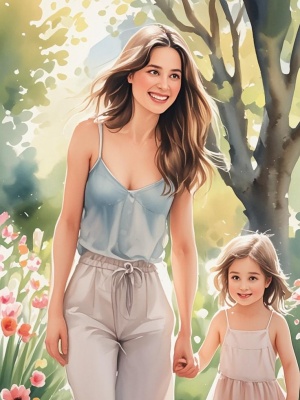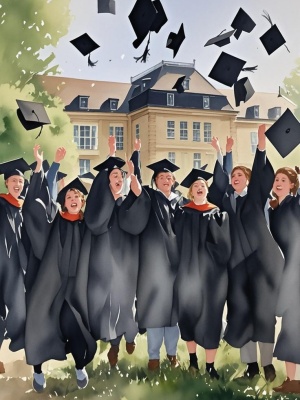Exploring the Beautiful World of Watercolor Styles
Introduction to Watercolor Painting
Watercolor painting is a versatile and expressive medium that has captivated artists for centuries. Known for its transparency and fluidity, watercolor styles can range from loose and abstract to highly detailed and realistic. Whether you're a beginner or an experienced artist, understanding different watercolor styles can help you develop your unique artistic voice. In this article, we'll explore various watercolor techniques, their applications, and how you can master them to create stunning artworks.
Popular Watercolor Styles and Techniques
1. Wet-on-Wet Technique
The wet-on-wet technique involves applying wet paint onto a wet surface, creating soft, blended edges and beautiful gradients. This style is perfect for creating dreamy landscapes and atmospheric effects. Many artists use this method to achieve a sense of spontaneity and fluidity in their work.
- Ideal for: Skies, water reflections, and abstract backgrounds
- Key challenge: Controlling the flow of pigment
- Solution: Practice controlling water-to-paint ratios on test paper first
2. Dry Brush Technique
Contrasting with wet-on-wet, the dry brush technique uses minimal water to create textured, crisp strokes. This approach works exceptionally well for depicting details like tree bark, hair, or architectural elements. You can see excellent examples of this technique in our gallery featuring landscape paintings.

3. Glazing Method
Glazing involves applying thin, transparent layers of paint to build up color intensity gradually. This traditional watercolor style creates luminous effects and depth that are difficult to achieve with opaque mediums.
- Start with lightest colors first
- Allow each layer to dry completely
- Build up to darker tones gradually
Contemporary Watercolor Trends
Modern watercolor artists are pushing boundaries with innovative styles. Botanical illustration remains popular, while urban sketching with watercolors has gained significant traction. Digital watercolor tools, like those featured in our AI painting guide, are also revolutionizing how artists approach this medium.
According to a recent survey by the American Watercolor Society, 68% of professional artists combine traditional and digital watercolor techniques in their workflow. This hybrid approach allows for greater flexibility and experimentation.
Choosing the Right Watercolor Style for Your Project
Different watercolor styles suit different subjects and moods. For wedding portraits or romantic scenes, soft washes and delicate details work beautifully. Our wedding scene collection showcases how various watercolor techniques can capture special moments.
For more vibrant, energetic subjects like birthday celebrations or travel scenes, bolder strokes and saturated colors might be more appropriate. Consider the emotional tone you want to convey when selecting your watercolor approach.
Conclusion: Developing Your Watercolor Style
Mastering watercolor styles takes practice and experimentation. Start by trying different techniques on small studies before committing to larger works. Remember that many renowned watercolorists, like John Singer Sargent and J.M.W. Turner, developed their distinctive styles through years of dedicated practice.

Whether you prefer traditional methods or want to explore digital watercolor tools, the key is to enjoy the process. Watercolor's unpredictable nature is part of its charm, offering endless possibilities for creative expression. For more artistic inspiration, visit our blog featuring various painting techniques and styles.